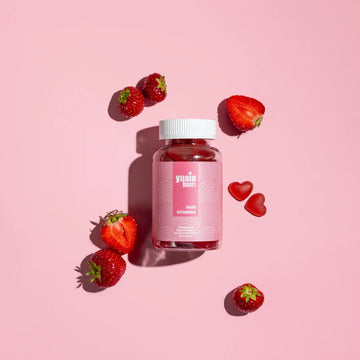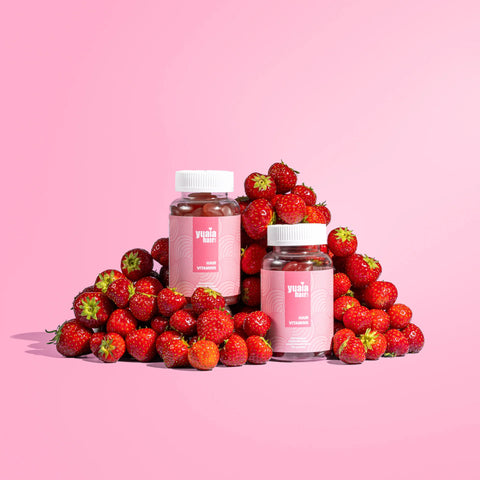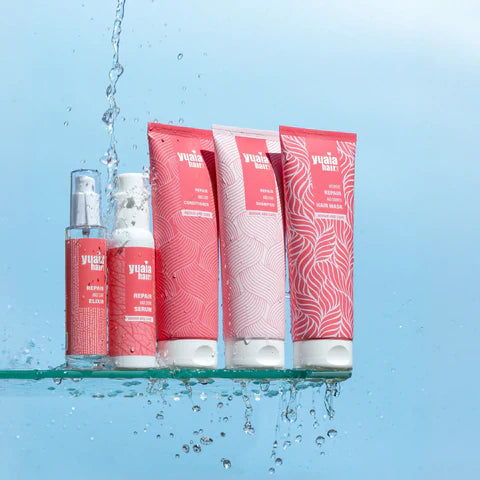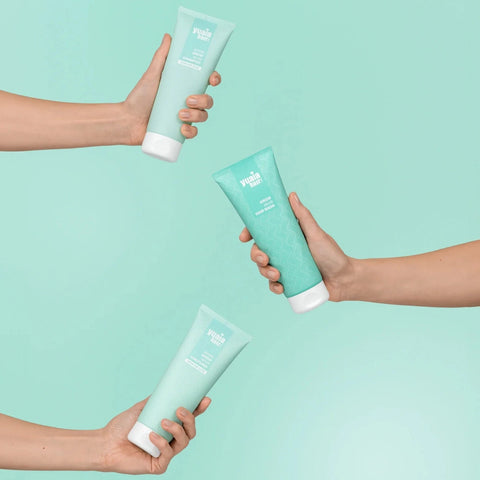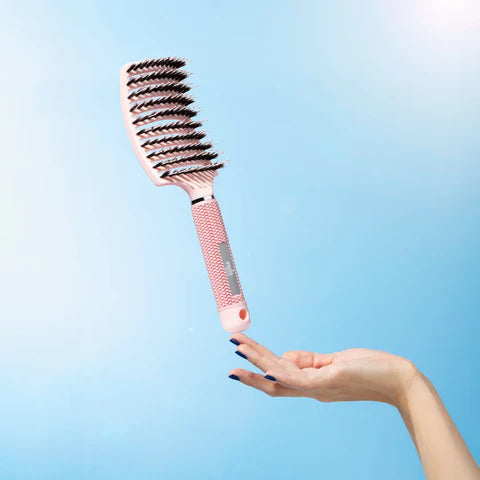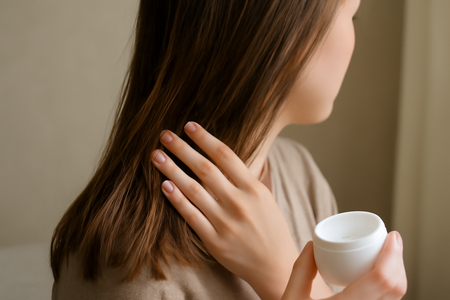
How to Achieve Balanced Hydration
Maintaining healthy, hydrated hair starts with understanding your hair's needs and choosing products that cater to those requirements. Here are some tips to help you achieve moisturized hair without the greasiness:
- Choose lightweight products: Opt for lightweight humectants like aloe vera and glycerin. These ingredients attract moisture to your hair without weighing it down, making them ideal for achieving a non-greasy finish.
- Avoid heavy oils and butters: While oils like coconut and butters such as shea can be nourishing, they can also lead to greasiness if overused. These are best avoided for fine or low-porosity hair types.
In addition to selecting the right products, application techniques play a significant role in preventing greasiness. Focus on applying moisturizers to the mid-lengths and ends of your hair, rather than the scalp. This targeted approach ensures that the areas most in need receive the moisture, while the scalp remains free from excess oil.
Importance of Clarifying and Conditioning
Using a clarifying shampoo can help remove product buildup, allowing moisture to penetrate more effectively. Pair this with deep conditioning treatments that use heat to enhance absorption, ensuring your hair receives the hydration it needs without the oily residue. For added protection when styling, consider using a heat protectant spray to maintain moisture levels while guarding against heat damage.
By understanding your hair's unique needs and adjusting your routine accordingly, you can achieve the perfect balance of hydration without the greasy aftermath.
Understanding Moisturizers: What Works Best?
When it comes to moisturizing hair without making it greasy, selecting the right ingredients is essential. Lightweight humectants such as aloe vera and glycerin are excellent choices. These ingredients work by attracting moisture from the environment into the hair, providing hydration without leaving a heavy residue. This makes them particularly suitable for those with fine or low-porosity hair, which can easily become weighed down by richer products.
On the other hand, heavy oils and butters like coconut oil and shea butter, while nourishing, can lead to a greasy appearance if overused. These ingredients are more suited for thicker or high-porosity hair types that require more intensive moisture retention. For those seeking a non-greasy finish, it's best to opt for lightweight, water-based products that provide hydration without excess oil.
Application Techniques for Optimal Hydration
The way you apply moisturizing products can significantly impact the appearance of your hair. To avoid greasiness, focus on targeted application. This means applying moisturizers primarily to the mid-lengths and ends of your hair, rather than the scalp. The mid-lengths and ends are typically the driest areas and benefit most from added moisture, whereas the scalp naturally produces oils that can contribute to a greasy look if over-moisturized.
Incorporating a clarifying shampoo into your routine can also help. These shampoos are designed to remove product buildup, allowing moisturizing treatments to work more effectively. Follow up with a deep conditioning treatment that uses heat to enhance absorption. This method ensures that your hair receives the hydration it needs without the oily residue.
Product Recommendations for Non-Greasy Moisture
For those looking to maintain moisture without greasiness, lightweight leave-in conditioners and serums are highly effective. These products create a moisture barrier that locks in hydration without causing buildup. Applying a leave-in conditioner to damp hair and combing it through can help distribute the product evenly. For curly hair types, our Twirl and Curl curly cream is an excellent option, providing definition and moisture without the weight of heavy oils.
DIY moisture solutions, such as aloe vera gel or flaxseed gel, are also great alternatives for those who prefer natural remedies. These gels offer light moisture and are particularly beneficial for curly or natural hair types, providing hydration without overpowering the hair.
By understanding the importance of ingredient selection and application techniques, you can achieve moisturized hair that looks and feels healthy without the greasy aftermath.
How to Brush Without Adding Grease
Brushing plays an important role in maintaining hair health and appearance. Using the right brush can help distribute natural oils from the scalp to the rest of the hair, reducing the need for additional products that might make hair greasy. The Curvy Brush with boar bristles is an excellent choice for this purpose. Its design helps in evenly spreading oils, which can enhance shine and manageability without adding excess grease.
Additionally, adopting a gentle brushing technique is key. Start from the ends and work your way up to avoid breakage and ensure even distribution of natural oils. This method not only minimizes the need for extra moisturizing products but also promotes a healthier scalp and hair.
Balanced Hair Hydration
Achieving the right balance of moisture in your hair involves more than just choosing the right products. It's about understanding your hair's unique needs and adjusting your routine accordingly. Consider the following tips to maintain balanced hydration:
- Adjust your routine seasonally: Hair needs can change with the seasons. In warmer months, you may require lighter products, while in colder months, slightly richer options might be necessary.
- Layer products effectively: Apply lighter products first, such as leave-in conditioners, and follow with heavier serums if needed. This layering technique can help prevent greasiness while ensuring adequate moisture.
By staying attuned to your hair's needs and making thoughtful product choices, you can enjoy hydrated, healthy hair without the greasy aftermath.
Frequently Asked Questions
What are the signs of over-moisturized hair?
Signs of over-moisturized hair include limpness, lack of volume, and a greasy appearance. Hair may feel overly soft and difficult to style, indicating an excess of moisture.
Can I moisturize my scalp without making it greasy?
Yes, you can moisturize your scalp without making it greasy by using lightweight serums or sprays. Apply these products sparingly and focus on areas that feel dry, avoiding the roots where natural oils are more concentrated.
How often should I use a leave-in conditioner?
The frequency of using a leave-in conditioner depends on your hair type and condition. For fine or oily hair, using it once or twice a week may suffice. For dry or curly hair, more frequent application might be beneficial. Adjust based on how your hair responds.
 2-5 day delivery
2-5 day delivery
 25.000+ satisfied customers
25.000+ satisfied customers
 Satisfaction Guarantee
Satisfaction Guarantee

